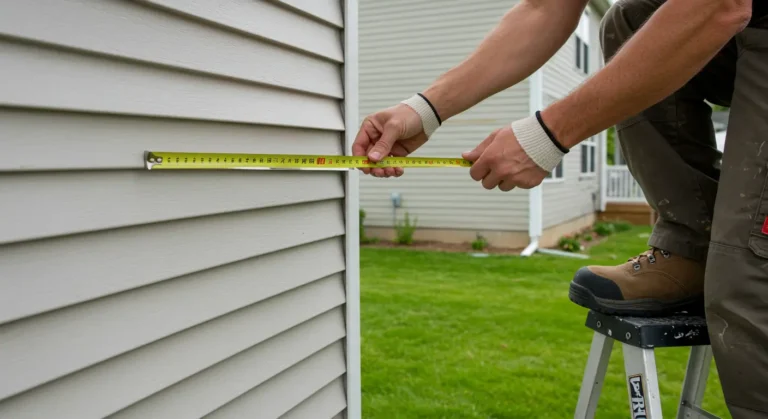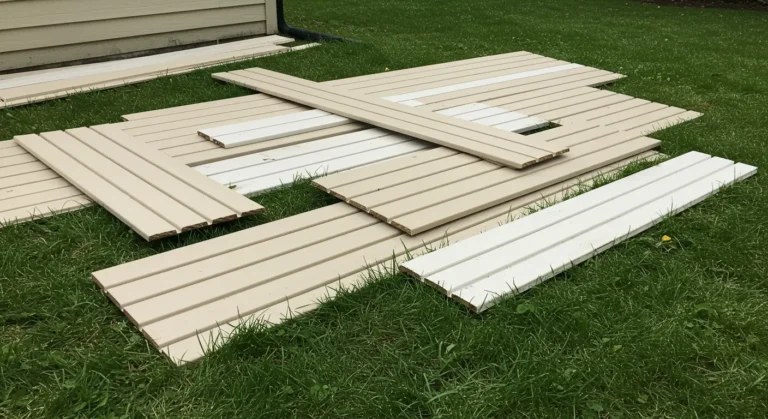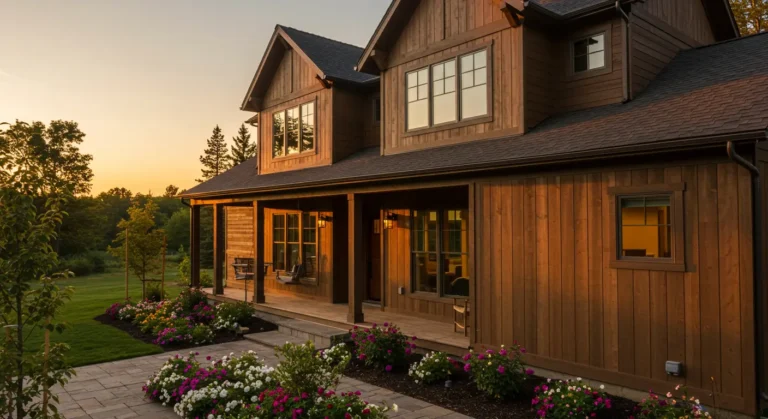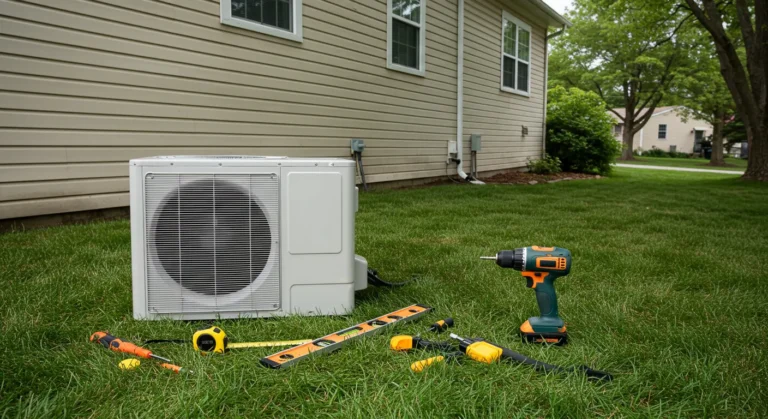When it comes to enhancing curb appeal and protecting your home from the elements, few upgrades are as impactful as new siding. But the big question on most homeowners’ minds is: How much does siding cost in 2025?
With inflation, changing material costs, and regional labor fluctuations, understanding siding prices is essential for budgeting effectively. This guide breaks down average siding costs, differences by material, labor factors, and how to save, so you can approach your project with confidence.
Average Cost to Side a House in 2025
In 2025, the average cost of siding a house ranges from $6,000 to $23,000, depending on material choice, house size, labor, and local market conditions.
Siding Cost per Square Foot
Most siding projects cost between $3 and $12 per square foot, all-inclusive. For example:
| Home Size (sq. ft.) | Low-End Estimate | High-End Estimate |
| 1,000 | $3,000 | $12,000 |
| 1,500 | $7,500 | $18,000 |
| 2,000 | $10,000 | $24,000 |
| 2,500 | $12,500 | $30,000 |
This pricing includes materials, labor, prep work, and in many cases, old siding removal.
Tip: For a more specific quote tailored to your home, Book a Free Siding Inspection.
Cost Breakdown by Siding Material
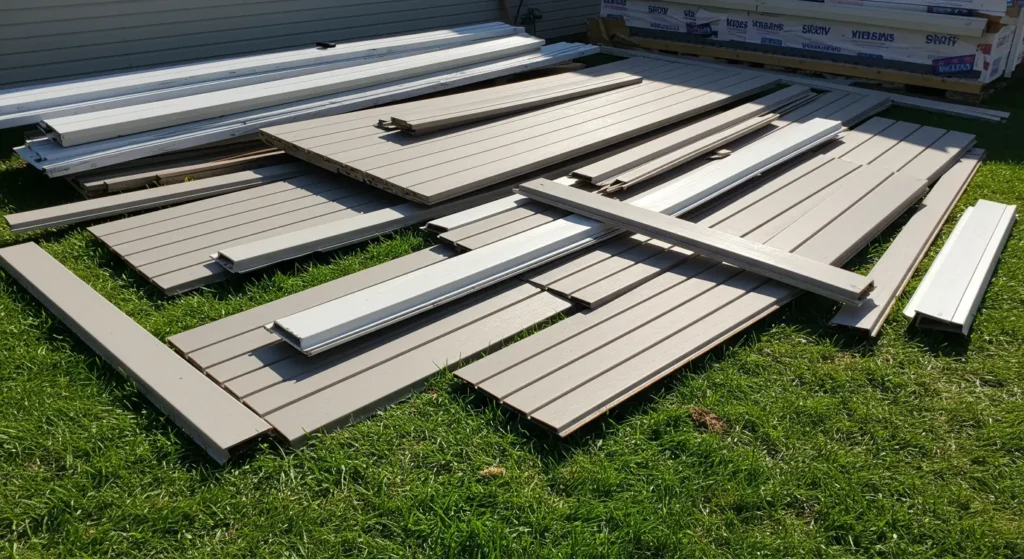
Not all siding is created equal. Here’s a side-by-side comparison of popular materials in 2025:
| Siding Material | Cost per Sq. Ft. | Lifespan | Maintenance |
| Vinyl | $3 – $8 | 20–40 years [Vinyl siding lifespan] | Low |
| Fiber Cement | $5 – $12 | 30–50 years | Medium |
| Wood | $6 – $10 | 20–40 years | High |
| Metal | $5 – $10 | 40+ years | Low |
| Engineered Wood | $4 – $9 | 20–30 years | Medium |
| Brick Veneer | $10 – $25 | 50+ years | Very Low |
- Vinyl siding cost is ideal for homeowners on a tighter budget who want durability and minimal upkeep.
- Fiber cement siding cost is higher, but it offers fire resistance, insect resistance, and a longer lifespan.
- Wood and engineered wood provide natural charm but come with higher maintenance requirements.
According to Angi: How Much Does It Cost to Replace or Install Siding?, the material you choose has the largest impact on total cost.
What Affects the Cost of Siding?
The final cost of your siding project depends on several factors:
1. Labor Rates
Labor costs can account for 30–50% of your total siding expense. Skilled contractors typically charge $40 to $80 per hour, depending on region and experience.
2. House Size and Shape
A large or uniquely shaped home increases installation time and complexity. Homes with multiple stories or architectural features (e.g., gables, dormers) will cost more.
3. Old Siding Removal
Removing old siding may add $1,000 to $3,000 to the project, depending on the condition and material.
4. Upgrades and Insulation
Adding insulation boards or house wrap can improve energy efficiency, but also add $1–$2 per square foot.
5. Regional Differences
In Louisiana, particularly in humid climates like New Orleans, moisture-resistant siding like fiber cement or vinyl is often preferred, impacting both material and labor costs.
How to Save Money on Siding
Siding doesn’t have to break the bank. Here are ways to keep your project affordable:
- Install During the Off-Season: Contractors often offer discounts in the fall and winter when demand slows.
- Get Multiple Quotes: Always compare at least 3 contractor bids.
- Choose Durable Materials: Spending more upfront on long-lasting materials can save on future repairs.
- Bundle Projects: Pair siding with other exterior upgrades (e.g., windows, gutters) to save on labor.
- Explore Financing Options: Many siding companies offer payment plans. Ask about zero-interest financing or deferred payment options.
Explore our Siding Replacement Services for flexible options that fit your budget.
Signs It’s Time to Replace Your Siding
Replacing your siding before major issues arise can save thousands in the long run. Look for:
- Warped, buckled, or cracked panels
- Rot, mildew, or insect damage
- Faded color or need for frequent repainting
- Higher heating or cooling bills
- Visible moisture or mold inside the walls
- Loose or missing panels after storms
If you’re noticing any of these signs, Book a Free Siding Inspection today to assess your options.
Does New Siding Add Value to Your Home?
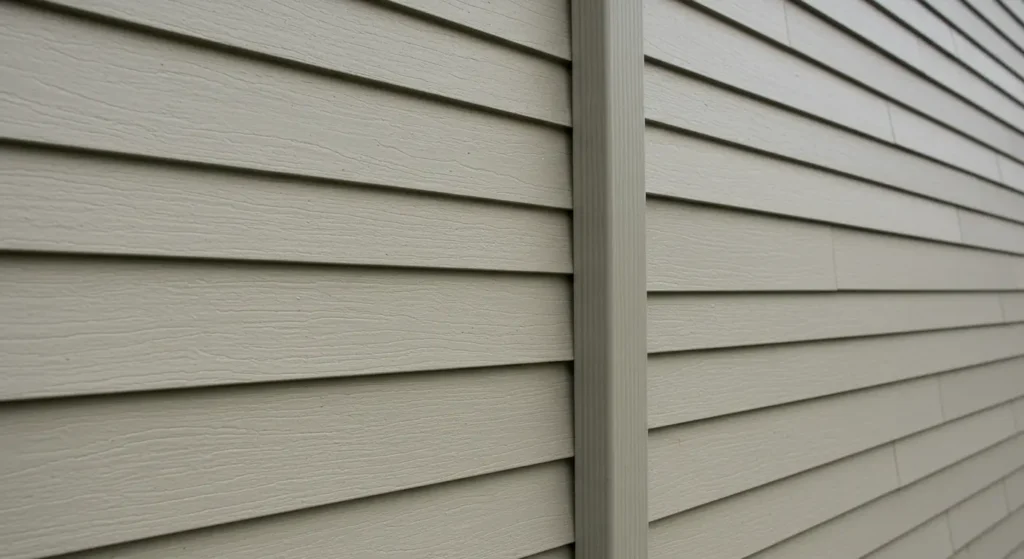
Yes, installing new siding can increase home value, reduce energy bills, and dramatically improve curb appeal. In fact:
- ROI (Return on Investment): Up to 80%, depending on material and market.
- Improved Efficiency: New siding can reduce energy costs by sealing in conditioned air.
- Buyer Appeal: Updated exteriors attract more offers when selling.
In the real estate market, first impressions matter, and siding plays a major role.
Low-Maintenance, Long-Lasting Siding Options
If you’re looking to reduce upkeep, consider these materials:
- Vinyl: Affordable, weather-resistant, easy to clean.
- Fiber Cement: Resistant to fire, pests, and warping.
- Metal: Ultra-durable and great for modern aesthetics.
- Brick Veneer: Virtually maintenance-free with premium longevity.
Each option offers a different balance of upfront cost vs. long-term savings.
Conclusion: Budget Smart, Build Confidently
Knowing how much siding costs in 2025 empowers you to choose materials, hire contractors, and plan smartly. Whether you’re refreshing a starter home or investing in long-term durability, understanding your options is key.
- Get accurate estimates
- Maximize your home’s value
- Avoid hidden costs
Ready to get started? Book a Free Siding Inspection today and receive expert guidance from Lone Wolf Siding.
FAQ: Siding Costs and Budgeting
How much does it cost to put siding on a 1500 sq ft house?
Expect to pay $7,500–$18,000, depending on material and local labor rates.
What is the cheapest siding option?
Vinyl siding is the most affordable, starting at $3 per sq. ft. It also offers great color variety and low maintenance.
Is vinyl siding cheaper than fiber cement?
Yes. Vinyl is about 30–50% less expensive than fiber cement, both in materials and installation. Learn more: Can you paint vinyl siding?
Does new siding increase home value?
Absolutely, new siding can improve curb appeal and deliver up to 80% ROI.
How long does siding last?
It depends on the material. Vinyl: 20–40 years; Fiber cement: 30–50 years; Brick: 50+ years. [Vinyl siding lifespan]
What factors affect siding installation costs?
Labor, home size, material choice, insulation needs, and region. See: HomeAdvisor Siding Cost Guide
Can I install siding myself to save money?
It’s possible, but not recommended unless you have experience. Improper installation can void warranties and cause long-term damage.
What’s the best siding for humid climates like Louisiana?
Fiber cement and vinyl are ideal due to their resistance to moisture, warping, and pests.
Is siding a better investment than painting?
Yes. While painting costs less initially, siding lasts longer and improves energy efficiency.

